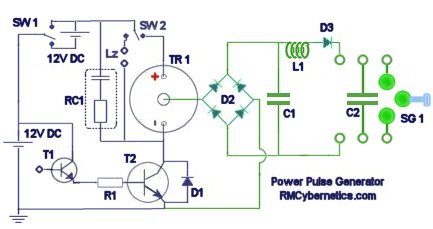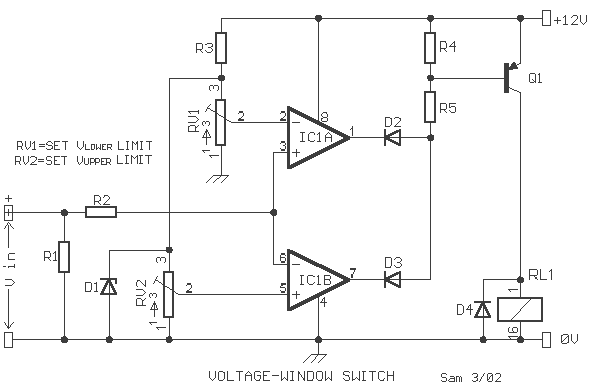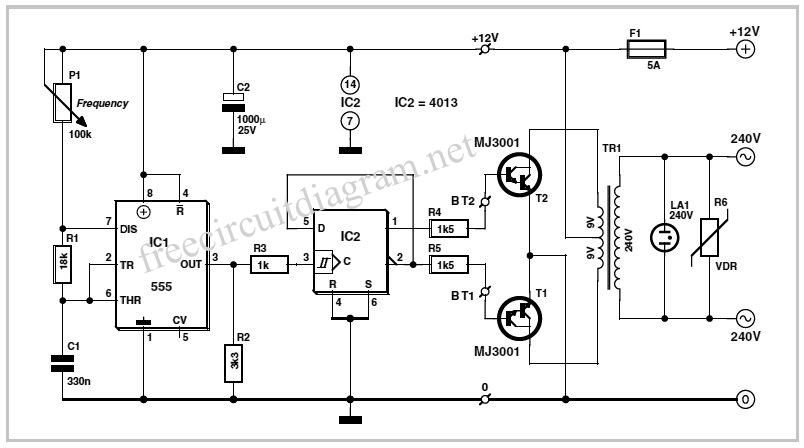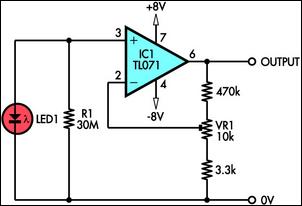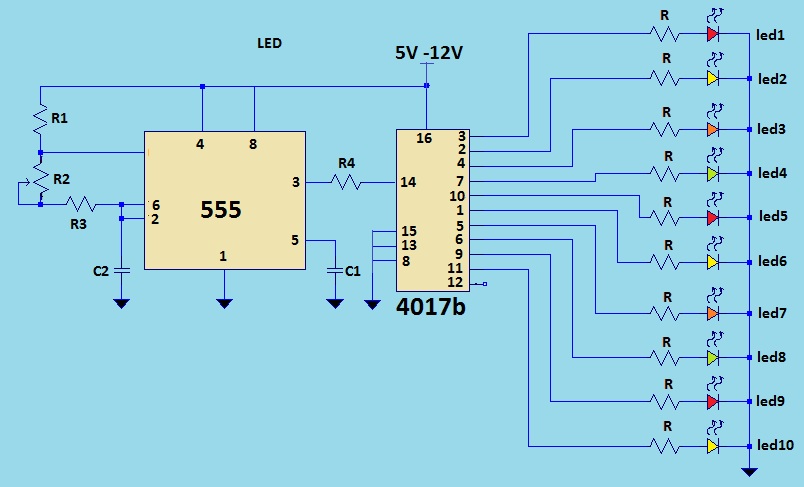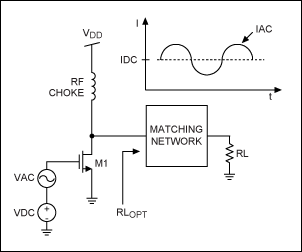
high input voltage regulators using lm340
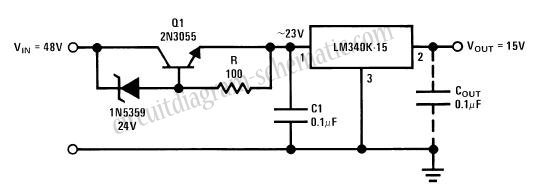
This circuit can generate a voltage of 15V. In this circuit, the LM340 input voltage must remain within the limits specified in the data sheet. If the device is operated above the absolute maximum input voltage rating, two failure modes can occur. With the output shorted to ground, or even if the output is not grounded, the transistor Q1 may fail because it is operated with the collector-emitter voltage of about 4.0V below the input. If the supply is only available at a higher voltage than the specified maximum, one of the simplest ways to protect the regulator is to connect a zener diode in series with the input from the device to level shift the input voltage.
This circuit employs the LM340 voltage regulator to provide a stable 15V output. The LM340 is designed to operate within a specified input voltage range, as outlined in its data sheet. Exceeding the absolute maximum input voltage can lead to potential failure modes, primarily affecting the transistor Q1. When the output is shorted to ground, or if the output remains ungrounded, the transistor may experience excessive voltage across its collector-emitter junction, leading to its failure. The critical threshold for safe operation is approximately 4.0V below the input voltage.
To mitigate the risk of operating the LM340 outside its safe input voltage range, a zener diode can be implemented in series with the input voltage supply. This configuration effectively limits the input voltage to a safe level, thereby protecting the regulator and ensuring reliable operation. The zener diode should be selected based on the desired clamping voltage, which should be lower than the maximum input voltage rating specified for the LM340.
The schematic for this circuit should include the LM340 voltage regulator, the zener diode connected in series with the input, and the necessary bypass capacitors to stabilize the output voltage. It is also advisable to include a fuse or other protective components to safeguard against overcurrent conditions. The design should ensure that all components are rated appropriately for the expected voltage and current levels to maintain circuit integrity and reliability.This circuit can generate voltage 15V. In these circuit LM340 input voltage must remain within the limits specified in the data sheet. If the device is operated above the absolute maximum input voltage rating, two failure modes can occur. With the output shorted to ground, or, even with the output is not grounded, the transistor Q1 may fail becaus
e it is operated with the collector-emitter voltage of about 4. 0V below the input. If the supply is available only running at a higher voltage than the specified maximum, one of the simplest ways to protect the regulator is to connect the zener diode in series with input from the device to level shift the input voltage. Here is a schematic drawing: 🔗 External reference
This circuit employs the LM340 voltage regulator to provide a stable 15V output. The LM340 is designed to operate within a specified input voltage range, as outlined in its data sheet. Exceeding the absolute maximum input voltage can lead to potential failure modes, primarily affecting the transistor Q1. When the output is shorted to ground, or if the output remains ungrounded, the transistor may experience excessive voltage across its collector-emitter junction, leading to its failure. The critical threshold for safe operation is approximately 4.0V below the input voltage.
To mitigate the risk of operating the LM340 outside its safe input voltage range, a zener diode can be implemented in series with the input voltage supply. This configuration effectively limits the input voltage to a safe level, thereby protecting the regulator and ensuring reliable operation. The zener diode should be selected based on the desired clamping voltage, which should be lower than the maximum input voltage rating specified for the LM340.
The schematic for this circuit should include the LM340 voltage regulator, the zener diode connected in series with the input, and the necessary bypass capacitors to stabilize the output voltage. It is also advisable to include a fuse or other protective components to safeguard against overcurrent conditions. The design should ensure that all components are rated appropriately for the expected voltage and current levels to maintain circuit integrity and reliability.This circuit can generate voltage 15V. In these circuit LM340 input voltage must remain within the limits specified in the data sheet. If the device is operated above the absolute maximum input voltage rating, two failure modes can occur. With the output shorted to ground, or, even with the output is not grounded, the transistor Q1 may fail becaus
e it is operated with the collector-emitter voltage of about 4. 0V below the input. If the supply is available only running at a higher voltage than the specified maximum, one of the simplest ways to protect the regulator is to connect the zener diode in series with input from the device to level shift the input voltage. Here is a schematic drawing: 🔗 External reference
Warning: include(partials/cookie-banner.php): Failed to open stream: Permission denied in /var/www/html/nextgr/view-circuit.php on line 713
Warning: include(): Failed opening 'partials/cookie-banner.php' for inclusion (include_path='.:/usr/share/php') in /var/www/html/nextgr/view-circuit.php on line 713
